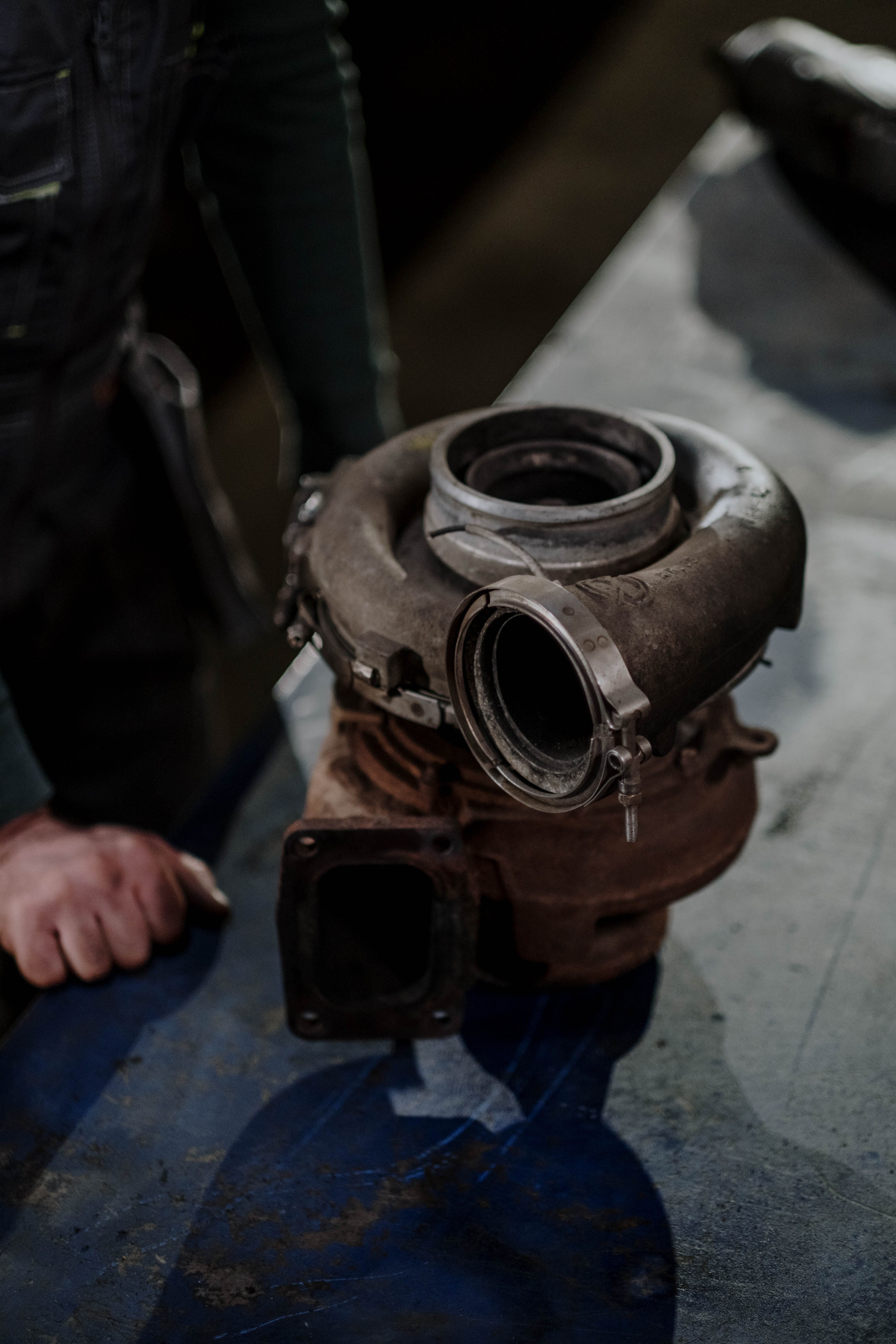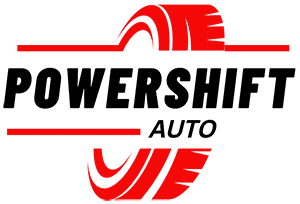
Table of contents
Introduction
Forced Induction is the essence of increased power and performance in cars. The iconic sounds of a whining supercharger or a spooling turbocharger are loved worldwide by car enthusiasts. As fun as forced induction is, its hard to grasp as a beginner. Whether you are experienced with the mechanical aspects of cars or just getting started, understanding what forced induction is helps set you up for success when you modify a car. Today, we are going to cover what forced induction is, what different forms it takes, and why you may want to add it to your car or upgrade an existing turbo or supercharged car.
Understanding Forced Induction
The Basics
Forced induction refers to the process of compressing air before it enters the engine’s combustion chamber. This compression allows a higher volume of air to be introduced into the engine. By mixing this increased volume of air with more fuel, massive increases in power are accomplished. Car manufacturers and modifiers accomplish this goal by one of two types of forced induction: Supercharging and Turbocharging.
Supercharging
Supercharging a car is a mechanical form of forced induction. The supercharger utilizes a pulley system to be powered by the engine’s crankshaft. The supercharger in turn uses power from the engine to compress the air inside of the supercharger. This form of forced induction allows for a linear power delivery and better throttle response. The downside of supercharging is the power drain from the engine driving the supercharger. However, the power output accomplished from a supercharger, the availability of aftermarket kits, and the benefit of a lot of kits being emissions legal make it a popular choice amongst enthusiasts.
Turbocharging
Turbochargers are exhaust-driven compressors. They utilize the energy from the engine’s exhaust gases to spin a turbine which then drives a compressor. This in turn compresses the air and allows for the increase in power. Using the engine’s exhaust gases is a very efficient method for creating more horsepower. Due to the recycling of exhaust gases, the turbocharger does not draw power from the engine like a supercharger. However, installing an aftermarket turbocharger is more involved than an aftermarket supercharger. Along with the complexity, turbochargers take more time to compress the air. This delay in response is known as “turbo lag”. Fortunately, racing cars requires cars to drive at higher RPMs anyways, so turbo lag may not be a huge factor. Alternatively, you can use a smaller turbocharger like the factory K03 turbo that comes in the Focus ST. This will let the turbocharger spool at lower RPMs.
Benefits of Forced Induction
Increased Power
Forced induction brings in a huge amount of power. When looking at certain modifications, forced induction is one of the best bang-for-your-buck options. It is not uncommon to see cars add turbochargers or superchargers to their car and to increase horsepower by thirty to fifty percent.
Improved Efficiency
One of the benefits of forced induction is smaller motors are able to generate big engine power. For example, a small four-cylinder engine with a turbocharger can easily have V8 engine horsepower. In addition, the smaller engine will maintain much better gas mileage than a large engine.
The Sound
One of the best parts about owning a turbocharged or supercharged car is the noise. Nothing beats the sound of superchargers whining or turbochargers spooling at full throttle. It is an experience for both you and anyone close enough to hear your car!
Considerations
While forced induction is awesome, it does come with problems. The biggest concern you will face is cooling. Turbos and superchargers generate heat and hot air will make your car feel slow. To prevent this, you will need an intercooler. Intercoolers cool the air going through your forced induction system and keep it as cold as possible.
Secondly, the cost of forced induction kits can add up. Expect to pay thousands of dollars just on the parts alone. Add in labor costs, and you can be well into the tens of thousands of dollars range. Supporting mods also will be necessary for your car to drive properly. For example, my Focus ST has a large intercooler, larger air intake, and a better flowing exhaust to make the car run better.
Lastly, your car may not have a street legal kit available. If it is a street car, you will have to navigate your local laws regarding aftermarket car parts. Like me, I live in California so having a turbo kit in a car needs to be CARB legal or else you can face huge fines.
Conclusion
Forced induction is a beautiful aspect of the car world. So many amazing cars come with turbochargers or superchargers and allows for some pretty epic sounds. Additionally, forced induction has created opportunities in the racing world as well as the modified car scene. As the technology evolves, forced induction will continue its reign as a great power adder.
We hope this guides helps you understand turbochargers and superchargers and what makes them so great! Check out our other posts and learn more about cars at Powershift Auto!
Want to have your vehicle featured on our website? Contact us on our website, Pinterest, or Instagram!

Keep up with the latest articles, content, and special offerings by signing up for our email newsletter!
